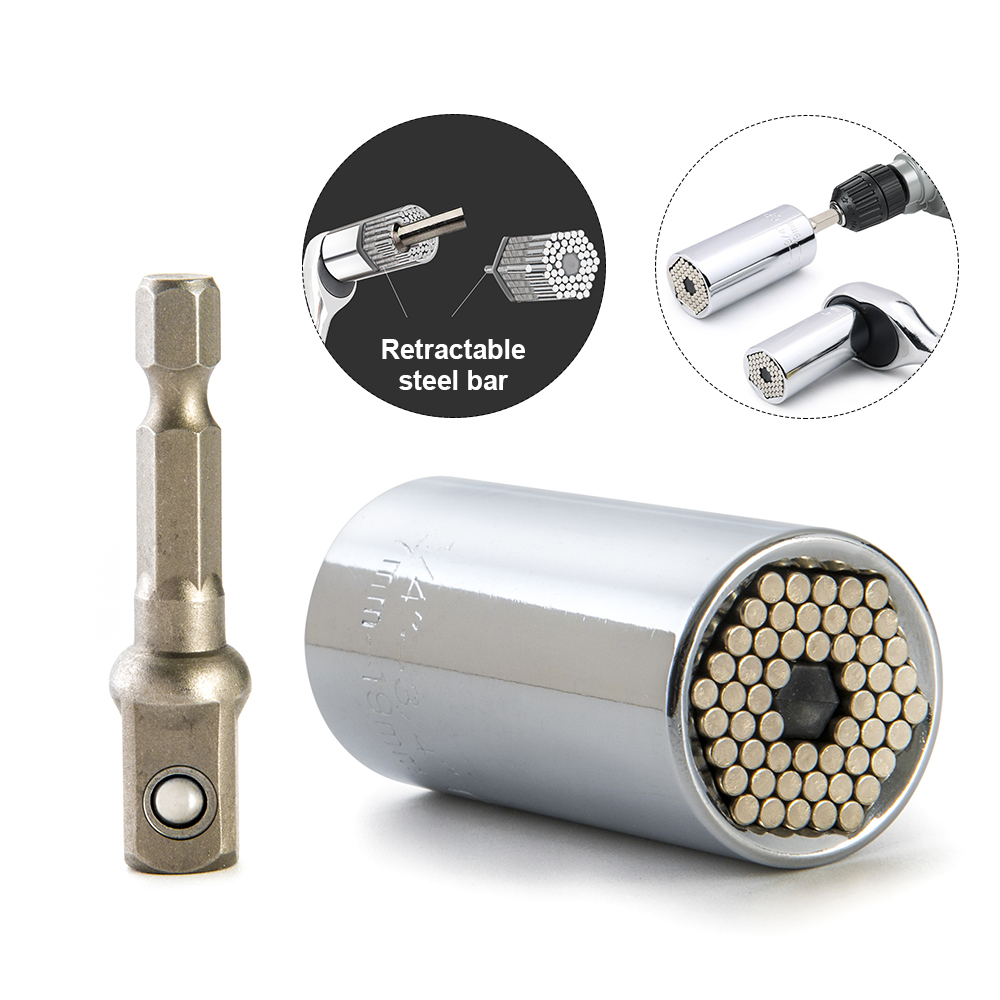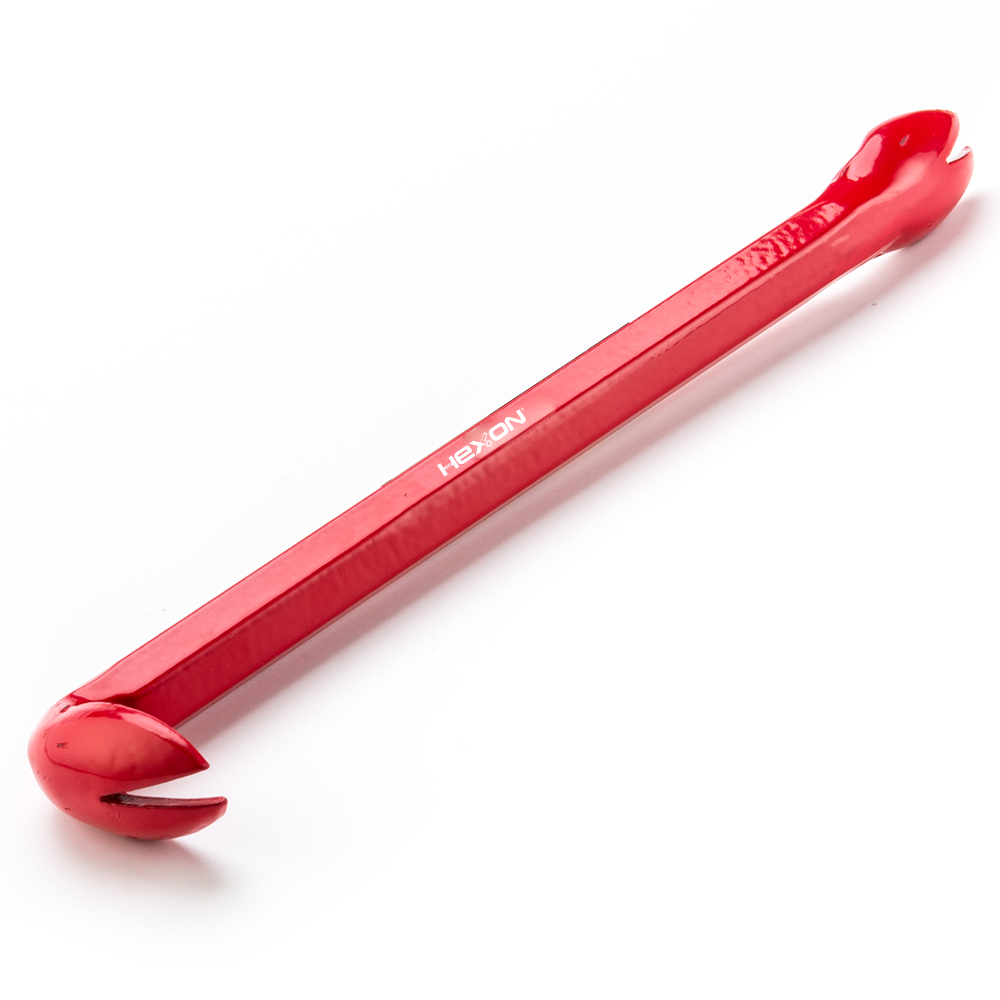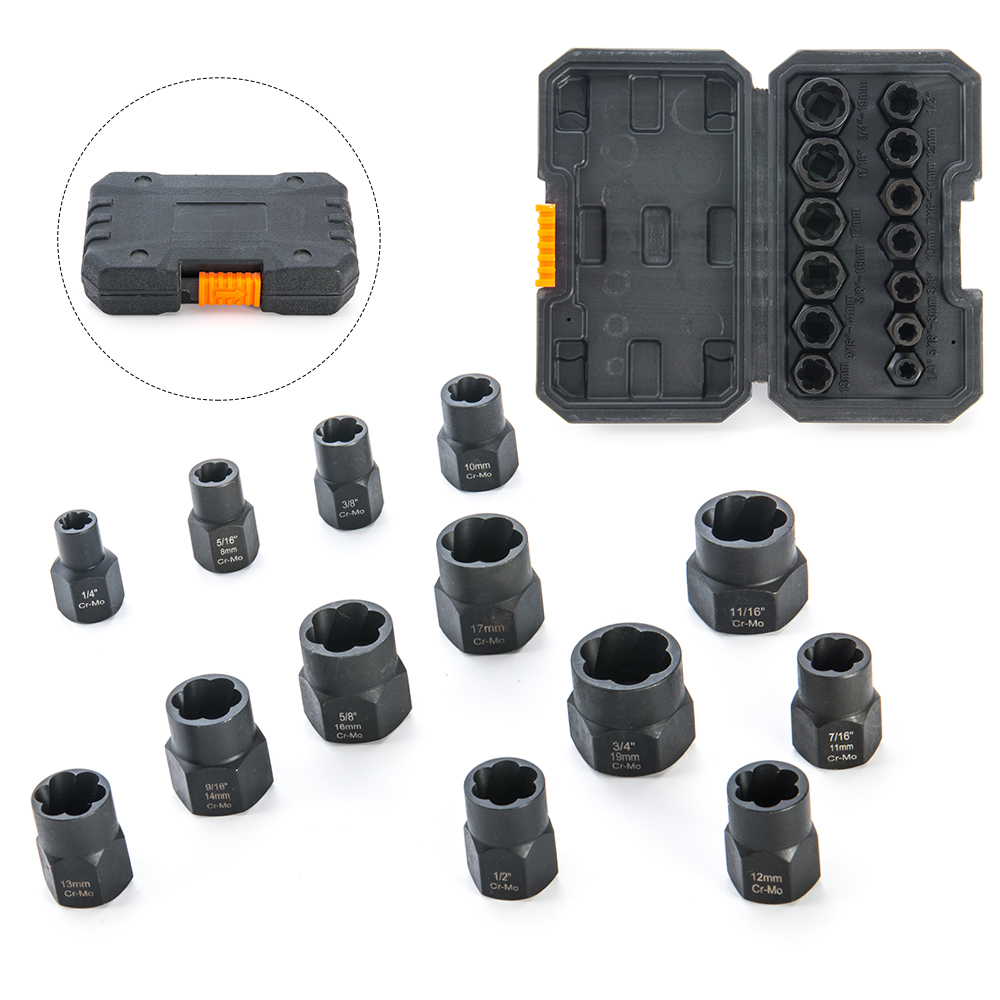Description
Material:
65Mn steel manufacturing, integral heat treatment, high hardness, precision and with good elasticity.
Clear scale:
Each feeler gauge is printed with specifications, clear and wear-resistant, very clear and easy to use.
Lock screw:
With outer hexagonal locking screw, fixed loosely, easy to use.
Specifications
|
Model No |
Material |
Pcs |
|
280200014 |
65Mn steel |
14pcs: 0.05,0.10,0.15,0.20,0.25,0.30,0.40,0.50,0.60,0.70,0.80,0.90,1.00(MM) |
|
280200016 |
65Mn steel |
16pcs: 0.05M,0.10,0.15,0.20,0.25,0.30,0.35,0.40,0.50,0.55,0.60,0.70,0.75,0.80,0.90,1.00(MM) |
|
280200032 |
65Mn steel |
32pcs:0.02,0.03,0.04,0.05,0.06,0.07,0.08,0.09,0.10,0.13,0.15,0.18,0.20,0.23,0.25,0.28,0.30,0.33,0.38,0.40,0.45,0.50,0.55,0.60,0.63,0.65 0.70,0.75,0.80,0.85,0.90,1.00(MM) |
Application of sfeel feeler gauge:
The feeler gauge is mainly used to inspect the gap size between the special fastening surfaces and fastening surfaces of machine tools, molds, pistons and cylinders, piston ring grooves and piston rings, crosshead sliding plates and guide plates, intake and exhaust valve tips and rocker arms, gear meshing clearance, and other two joint surfaces. A feeler gauge is composed of many layers of thin steel plates with varying thicknesses, and is made into a series of feeler gauges according to the group of feeler gauges. Each piece in each feeler gauge has two parallel measuring planes and thickness markings for combination use.
Product Display
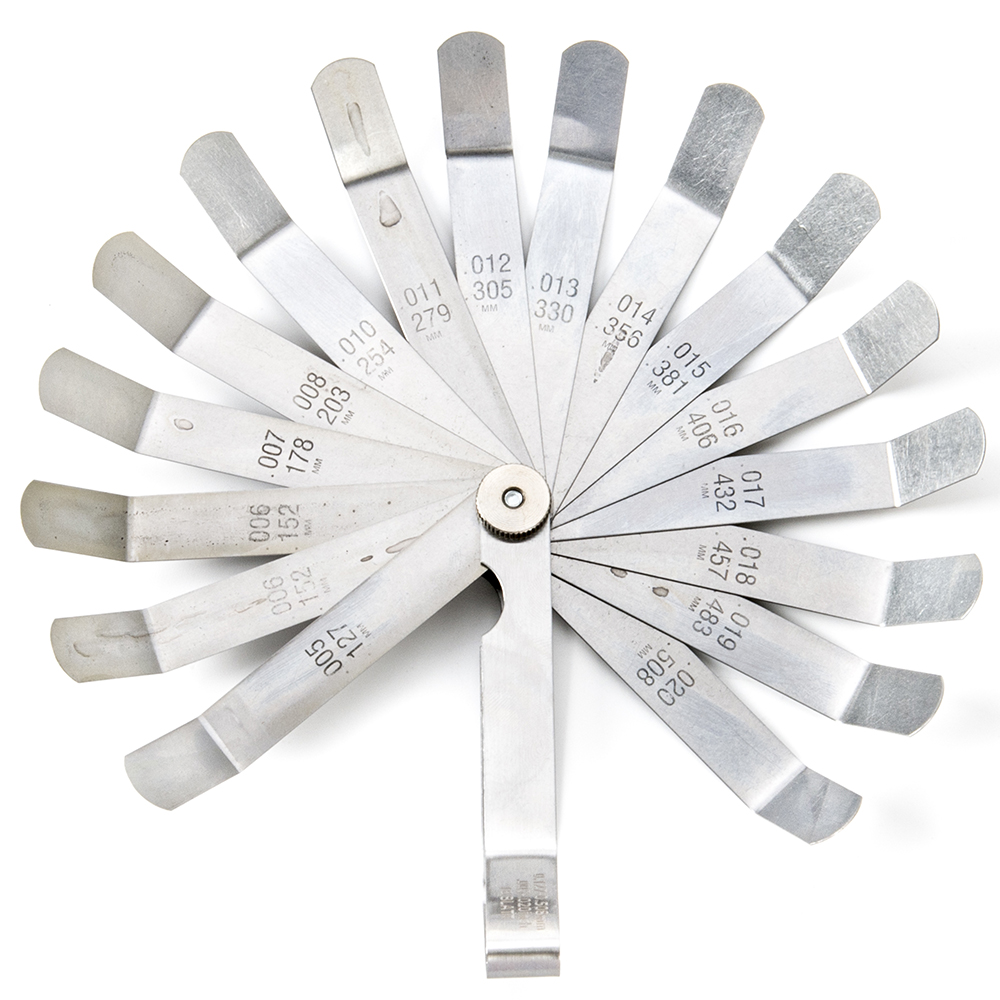
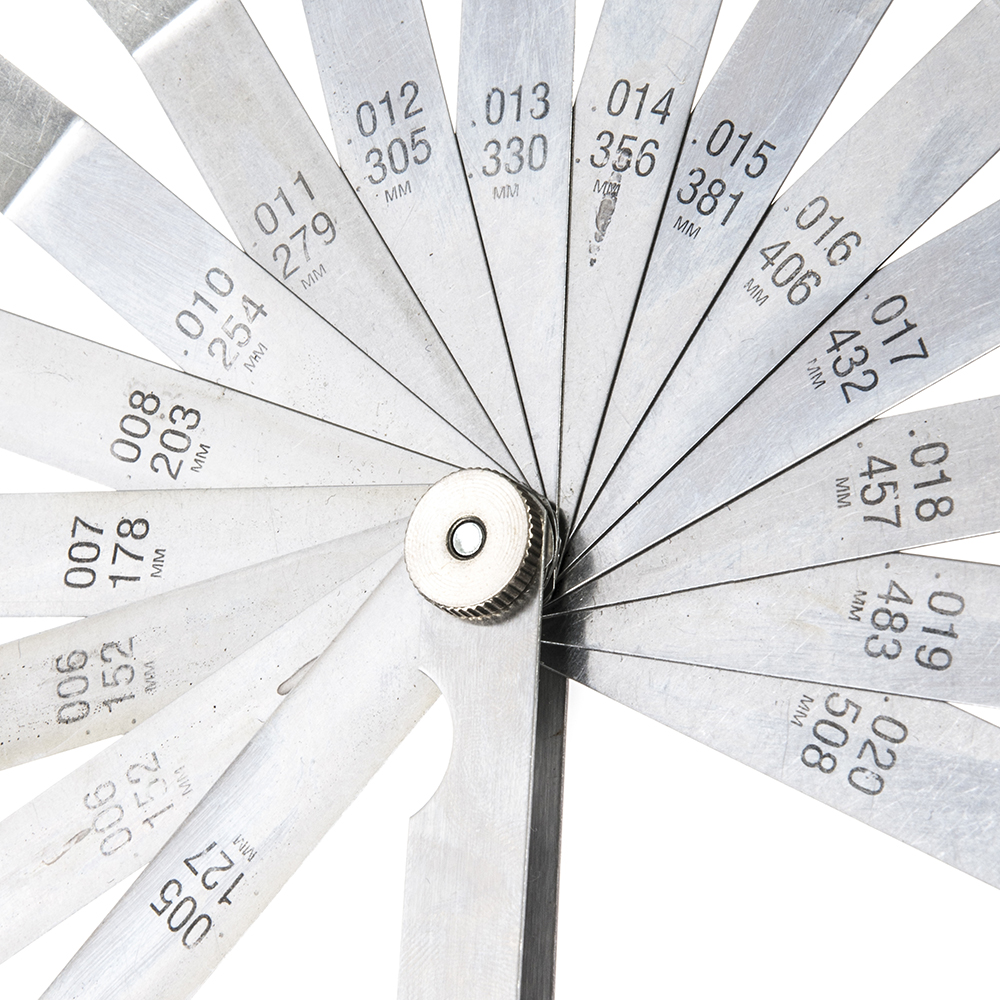
Operation method of steel feeler gauge:
When measuring, according to the size of the joint surface gap, overlap one or several pieces together and insert them into the gap. For example, a 0.03mm piece can be inserted into the gap, while a 0.04mm piece cannot be inserted into the gap. This indicates that the gap is between 0.03 and 0.04mm, so a feeler gauge is also a limit gauge.
Precautions of using feeler gauge:
When using a feeler gauge, the following points must be noted:
Select the number of feeler gauges based on the gap situation of the joint surface, but the fewer the pieces, the better. When measuring, do not use too much force to prevent the feeler gauge from bending and breaking.
Cannot measure workpieces with higher temperatures.





